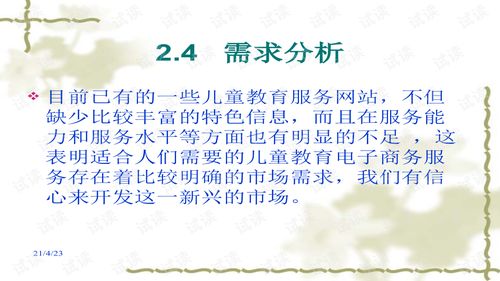Creating a compelling PowerPoint presentation for an early childhood education (ECE) project requires careful planning and execution to effectively communicate your ideas and engage your audience. This guide will outline key steps and considerations to help you craft a successful ECE project presentation.
Identify your target audience, such as parents, educators, or funding organizations.
Tailor your content and messaging to resonate with the interests and needs of your audience.
Clearly define the objectives of your ECE project presentation.
Determine what you want your audience to learn, feel, or do as a result of your presentation.
Begin with a compelling introduction to grab attention and establish the purpose of your project.
Organize your content into logical sections, such as project overview, curriculum highlights, benefits, and outcomes.
Use visuals, such as photos, videos, and graphics, to enhance understanding and engagement.
Describe the philosophy and approach of your early childhood education program.
Showcase the curriculum, including thematic units, learning activities, and educational resources.
Emphasize the importance of playbased learning, socialemotional development, and school readiness.
Present research findings, statistics, and testimonials that support the effectiveness of your ECE program.
Share success stories, case studies, and outcomes achieved by previous participants.
Acknowledge potential challenges, such as funding constraints or staffing issues, and explain how you plan to overcome them.
Highlight your strategies for addressing diversity, inclusion, and individualized learning needs within your program.
Encourage interaction and participation through questions, polls, or group activities.
Invite feedback and suggestions from your audience to foster a sense of collaboration and ownership.
Summarize the key points of your presentation and reiterate the benefits of your ECE project.
End with a compelling call to action, whether it's to enroll in the program, support funding, or join as a partner.

Choose a clean and professional design theme that aligns with the branding of your organization.
Limit text on each slide and use visuals to convey information whenever possible.
Ensure readability by using a clear font, appropriate font size, and contrasting colors.
Rehearse your presentation multiple times to familiarize yourself with the content and timing.
Pay attention to your tone of voice, body language, and pacing to maintain engagement.
Anticipate questions or objections from your audience and prepare thoughtful responses.
In conclusion, crafting an effective PowerPoint presentation for an early childhood education project requires a strategic approach that considers the needs of your audience, the objectives of your project, and the principles of effective communication. By following these guidelines and incorporating compelling content and visuals, you can create a presentation that informs, inspires, and mobilizes support for your ECE initiative.

一则关于副部朱芝松被查的消息引起了广泛关注,据报道,朱芝松因涉及某些...

百名英国女性声称因长期使用强生爽身粉而患上癌症,这一事件不仅引起了公...

更换遥控器钥匙的电池。航海家电动尾门就是汽车的电动后备箱,发现电动尾...

亲爱的朋友们,今天我们来聊聊一个备受关注的话题:初次登记结婚有150...

Hello大家好,欢迎来到小蚊子聊车!今天为大家带来2020年10月...